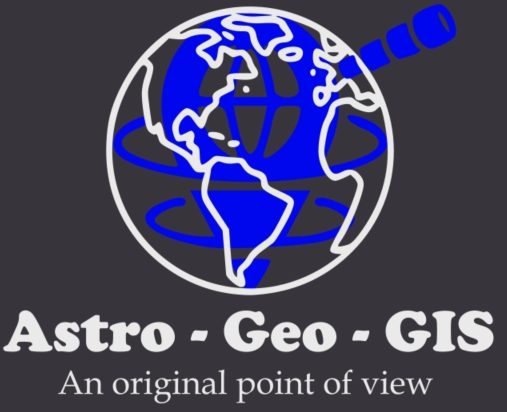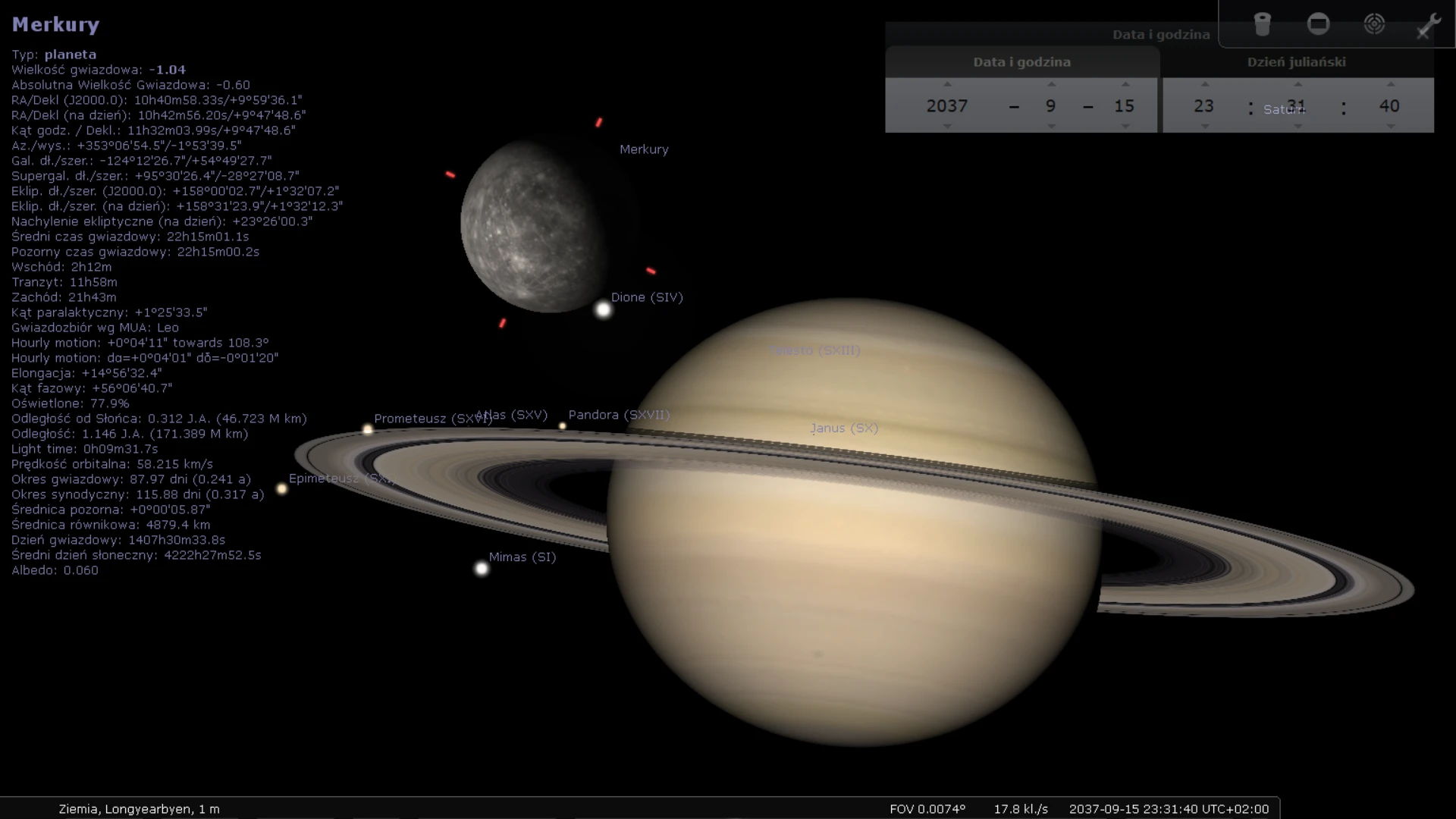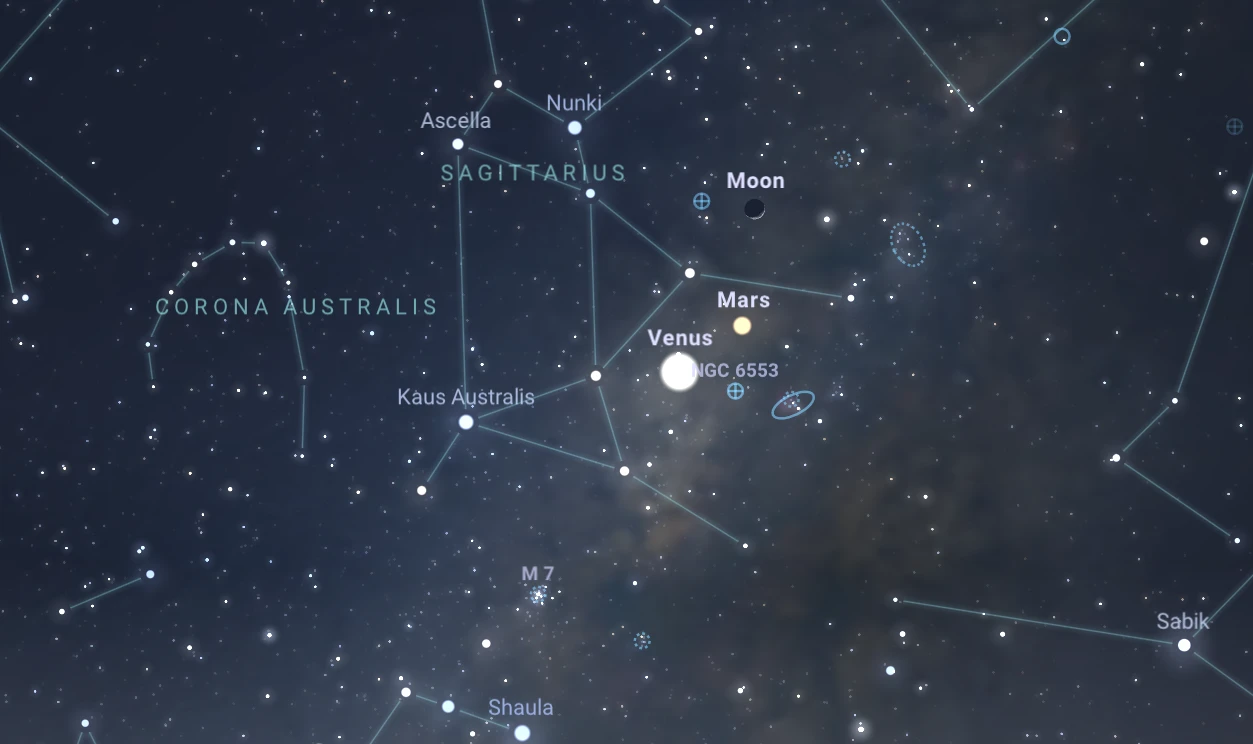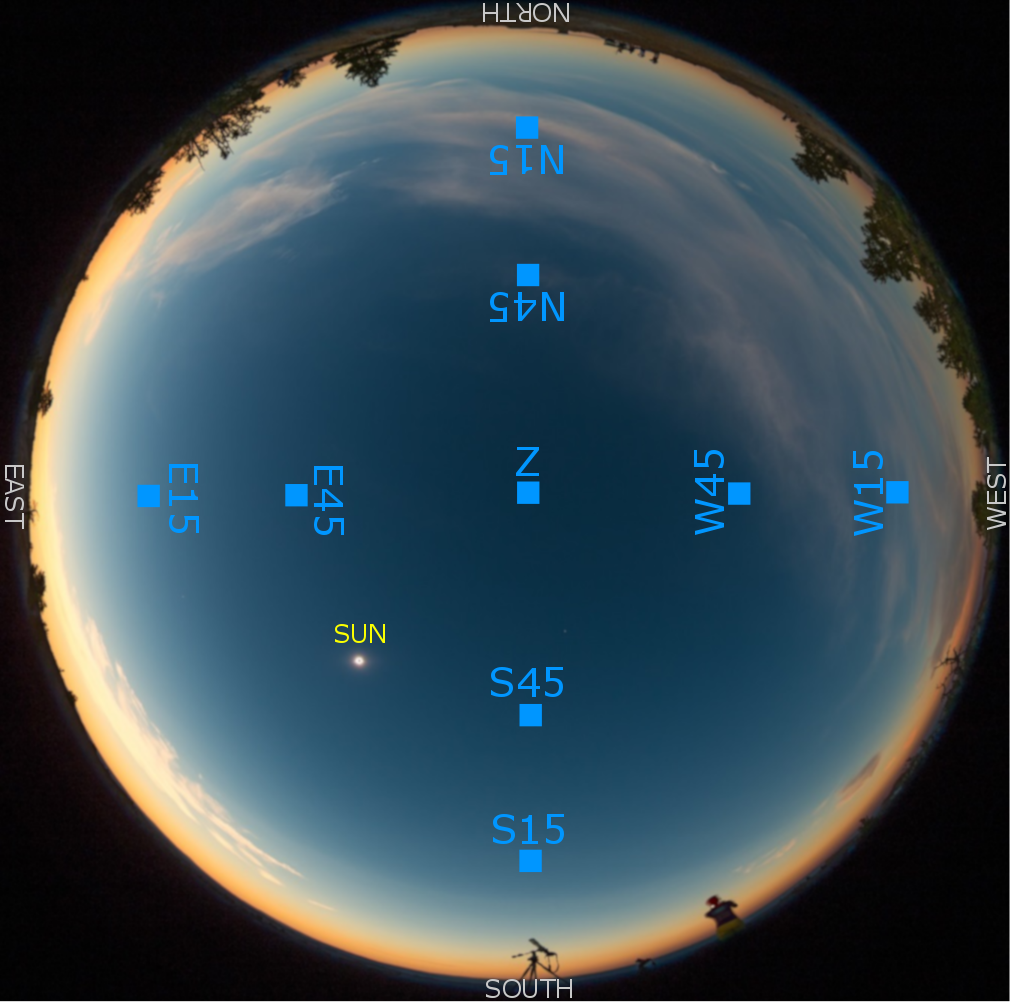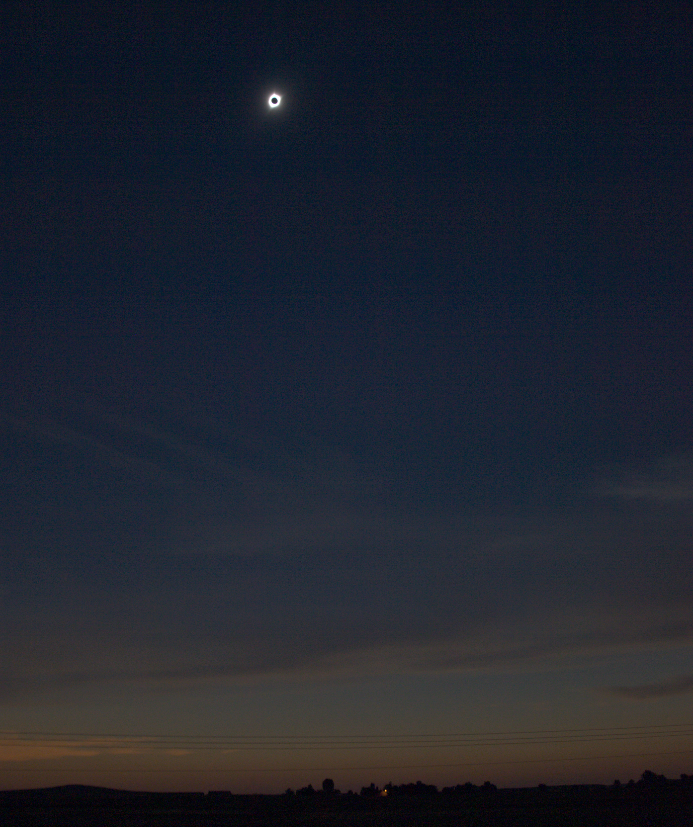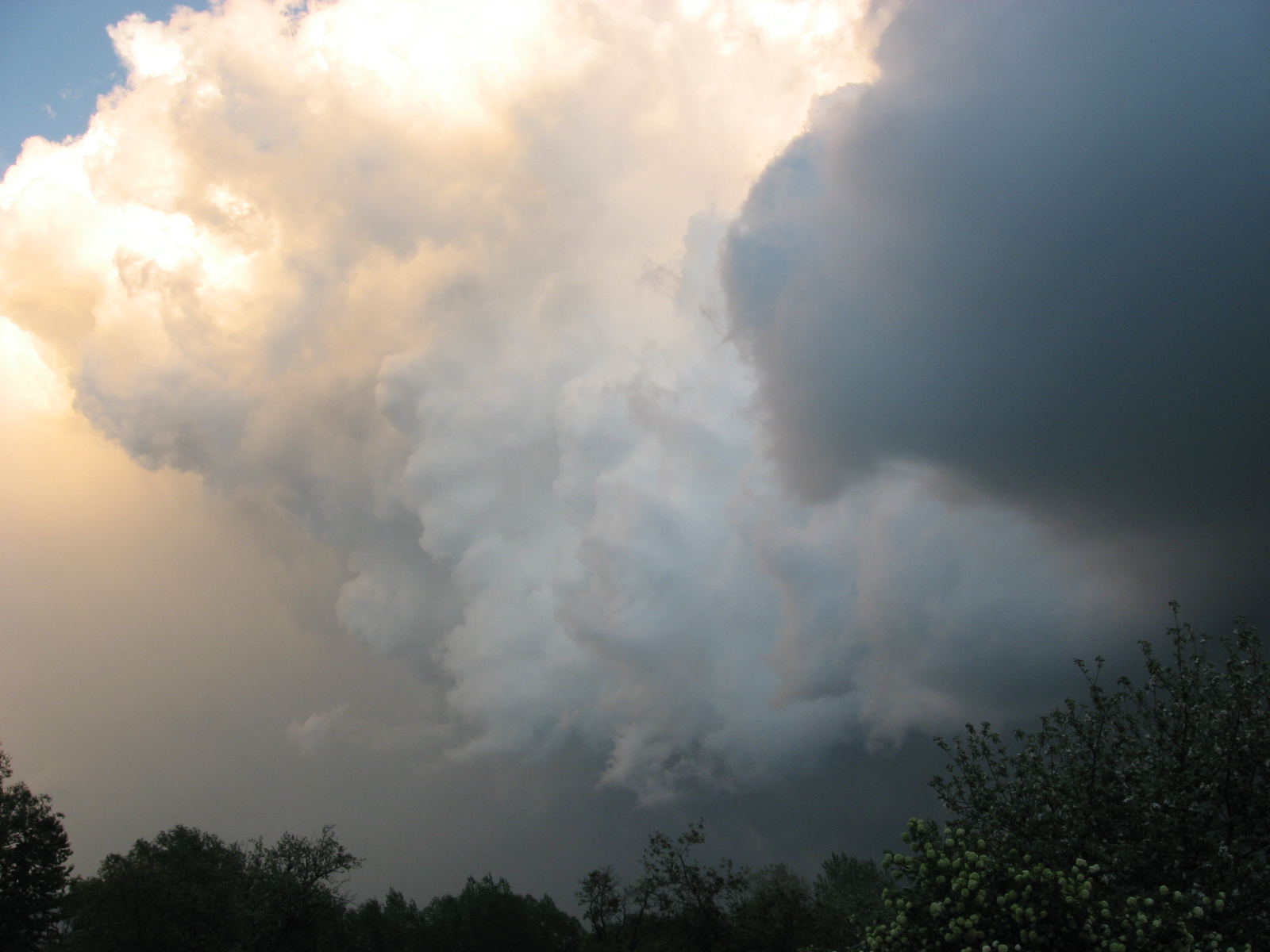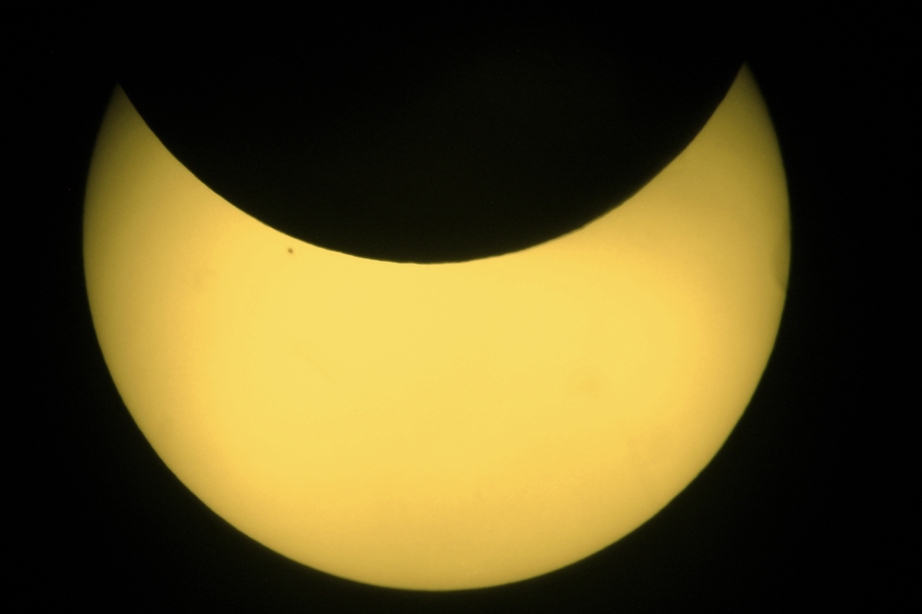The 4 years of solar eclipses (2019-2022) – summary
As an eclipse chaser, I try to conduct as many professional observations as possible from every eclipse. Practically, I miss some of them because of a lack of funds or, at the very least, decent webcams in the areas where they occur. Last, my scientific conundrum isn’t covered by anyone who attends on-site. Therefore, the … Read more
